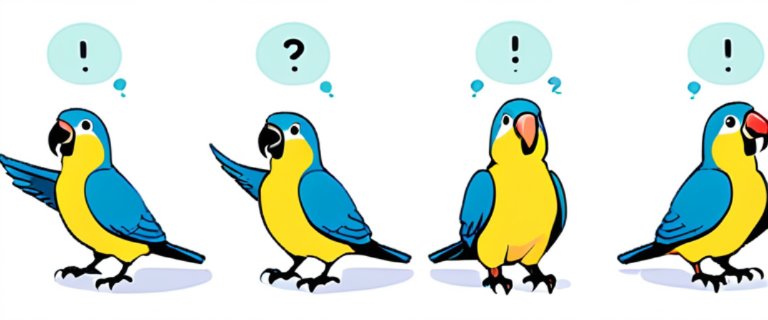How To Teach Your Bird Basic Commands To Enhance Interaction
Training your bird with basic commands isn’t just about tricks—it’s about building trust and communication. At Pet Training, we believe that every bird owner can create a deeper bond with their feathered friend through simple, consistent training. Here’s how you can get started.

Why Teach Your Bird Basic Commands?
Birds are intelligent creatures capable of learning voice and hand signals. Teaching them commands like ‘step up,’ ‘stay,’ or ‘come’ not only makes daily interactions smoother but also stimulates their minds. A well-trained bird is happier, more confident, and less likely to develop behavioral issues.
I remember when I first taught my cockatiel, Mango, to ‘step up.’ It took patience, but the moment he finally understood, the look in his eyes was priceless! That small victory opened the door to more advanced training.

Getting Started: Voice and Hand Signals
Begin with short, 5-10 minute sessions to keep your bird engaged. Use clear, consistent commands paired with hand signals. For example:
- ‘Step Up’: Gently press your finger against your bird’s lower chest while saying the command.
- ‘Stay’: Hold your palm flat in front of your bird like a stop sign.
- ‘Come’: Extend your hand and use a cheerful tone.
Always reward with a small treat or praise to reinforce positive behavior. At Pet Training, we recommend using millet sprays or tiny fruit pieces as incentives.

Common Challenges and Solutions
Not all birds learn at the same pace. If your bird seems disinterested, try these tips:
- Timing is key: Train when your bird is most active, usually in the morning or early evening.
- Keep it fun: If your bird gets bored, switch to a different command or take a break.
- Stay patient: Some birds may take weeks to master a command—don’t give up!
Remember, every bird is unique. What works for a parrot might not work for a cockatiel, so adapt your approach accordingly.

Advanced Tips for Success
Once your bird masters the basics, you can move on to more complex commands or even fun tricks like waving or fetching small items. The key is consistency and positive reinforcement. At Pet Training, we’ve seen countless birds thrive with the right training techniques.
Training isn’t just about commands—it’s about creating a lifelong bond. Celebrate every small victory, and soon, you’ll have a feathered companion who’s not just a pet but a true partner in your daily life.
Key Takeaways:
- Start with simple commands like ‘step up’ and ‘stay.’
- Use both voice and hand signals for better understanding.
- Keep sessions short and rewarding.
- Be patient and adapt to your bird’s learning style.
For more expert advice on teaching birds basic commands, visit Pet Training, where we’re dedicated to helping you and your bird build a stronger connection.
